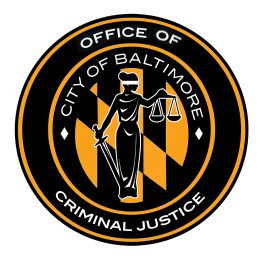

What is Collective Efficacy?
Collective Efficacy is the degree to which neighbors have a sense of togetherness and shared expectations about reporting crime and stopping negative activity.
Why is Collective Efficacy Important for Crime Reduction?
Collective efficacy shows that communities can overcome their crime problems and thrive despite the realities of structural racism and poverty. In 1997 researchers studied 300 of Chicago’s neighborhoods. They found that crime was lower on blocks where neighbors had a sense of togetherness and shared expectation for reporting crime and stopping negative activity. The study found that the income or racial make-up of the neighborhood and block did not have an impact on this difference.
Collective efficacy is a variation of the term ‘self-efficacy’—the idea that individuals are more likely to overcome disadvantages if they believe their actions will make a difference in their own life outcomes. Collective efficacy works because residents are able to overcome obstacles if they share a strong expectation that they can work together to achieve shared goals.
References and Further Reading
Can Block Clubs Block Despair?
Neighborhoods and Violent Crime: A Multilevel Study of Collective Efficacy (PDF)